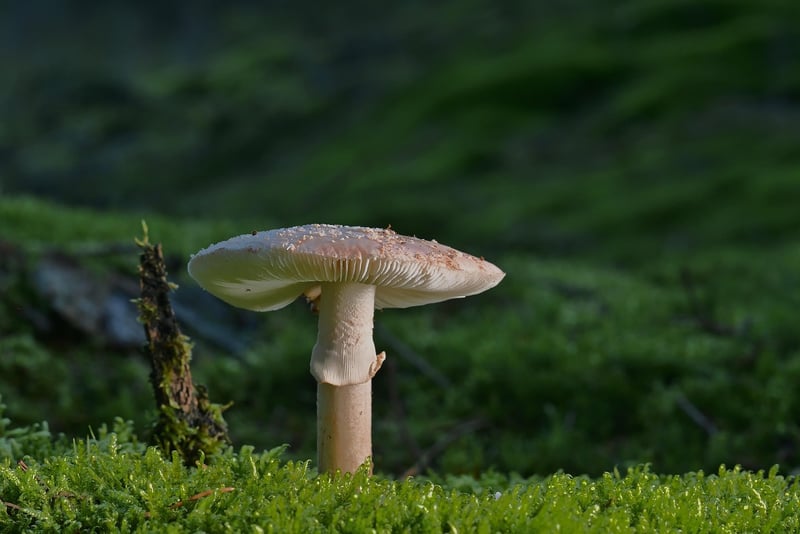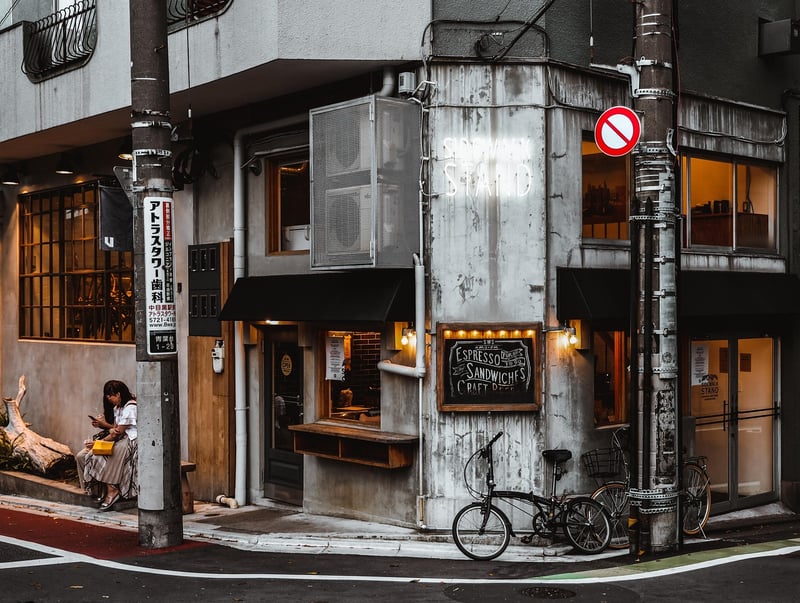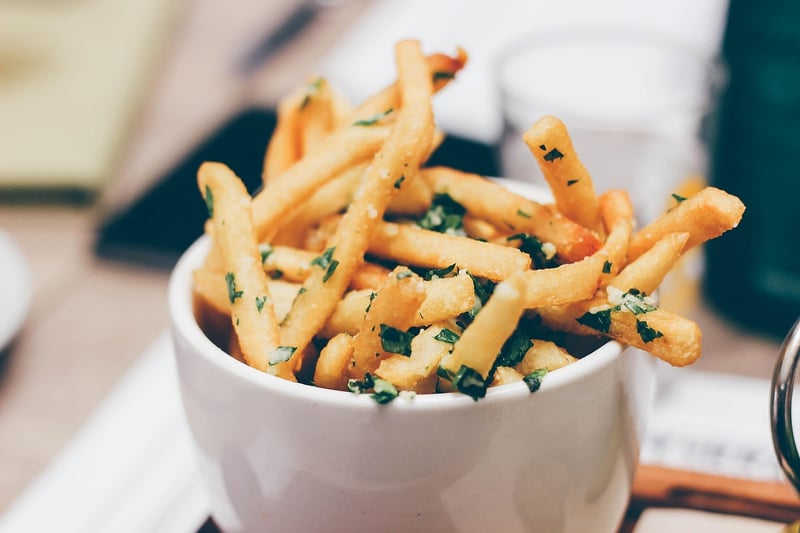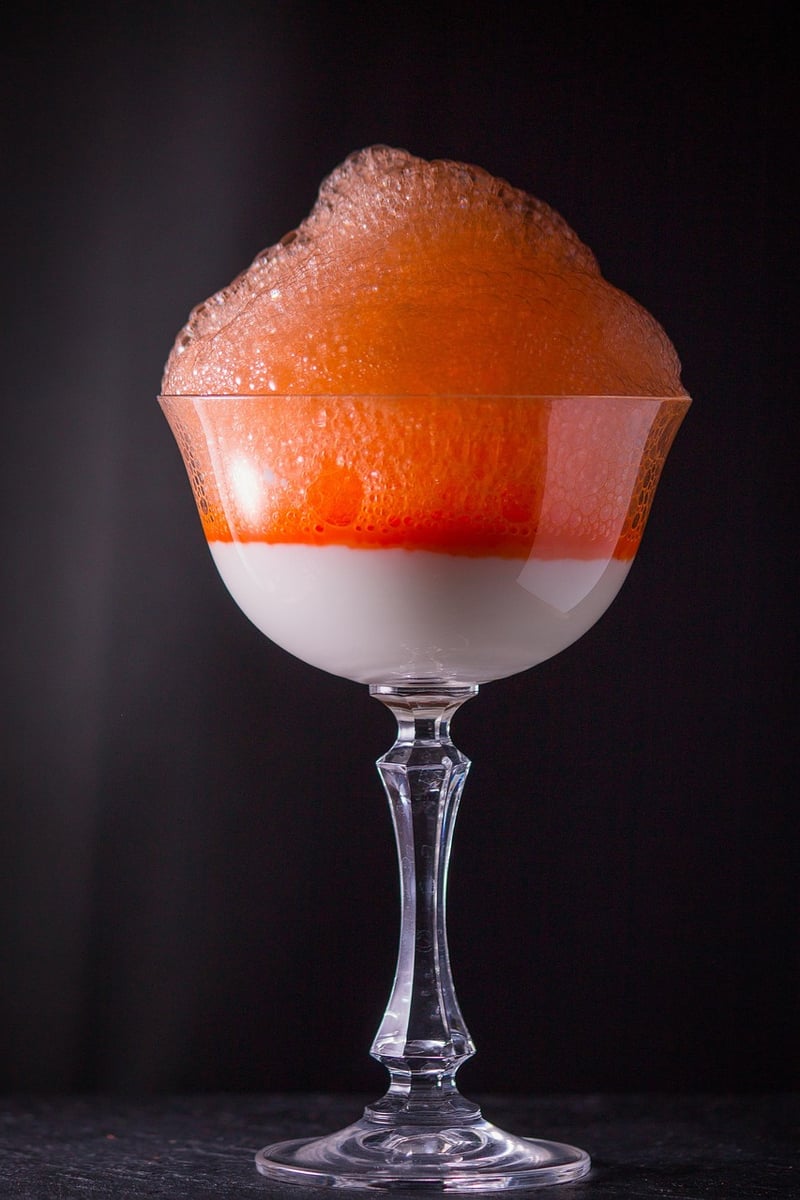Molecular Gastronomy
The Art of Molecular Gastronomy: Cutting-edge Cooking Methods
Molecular gastronomy is a culinary movement that blends science and art to create innovative and unconventional dishes. Chefs use cutting-edge techniques and tools to transform ingredients into visually stunning and delicious masterpieces. Let's explore some of the key methods used in molecular gastronomy:
1. Spherification
Spherification is a technique that involves turning liquid ingredients into spheres that resemble caviar or pearls. Chefs use sodium alginate and calcium chloride to create a thin gel membrane around the liquid, resulting in a burst of flavor when consumed.

2. Foam
Foams are created by aerating a liquid using a whipping siphon or blender. This technique produces a light and airy texture that adds a playful element to dishes. Foams can be savory or sweet, depending on the ingredients used.

3. Sous Vide
Sous vide involves cooking ingredients in a vacuum-sealed bag at a precise temperature in a water bath. This method ensures even cooking and results in tender and flavorful dishes. Chefs can experiment with different flavor combinations and textures using this technique.

4. Deconstruction
Deconstruction involves breaking down a traditional dish into its components and presenting them in a new and creative way. This method challenges diners' perceptions of familiar dishes and encourages them to appreciate the flavors and textures in a different light.

If you're looking to experience a culinary adventure like no other, molecular gastronomy is the perfect choice. Embrace the creativity and precision of these cutting-edge cooking methods to elevate your dining experience to new heights.
Explore the endless possibilities of molecular gastronomy and embark on a journey of flavor, texture, and innovation!
